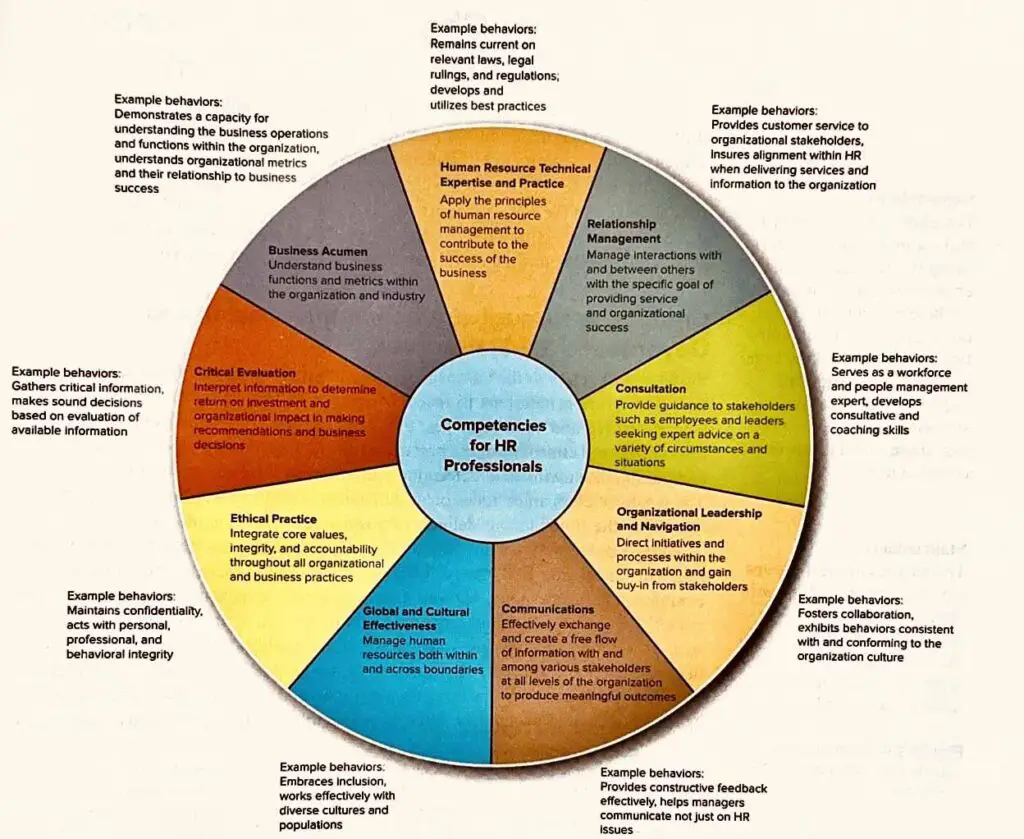Focus Writing For Bank Exam Sample and Example. Recent Focus Writing PDF 2023- 2024. Unique Bank Focus Writing Sample.
Focus Writing
Focus writing refers to the expository writing style that describes an issue concisely avoiding unnecessary information. It enhances the writer to describe an issue with the main point and appropriate words. It includes a summary of the issue to attract the readers including definition, positive and negative impact on society, challenges, recommendations, and conclusion. Focus writing format contains transitional verbs to explain the positive and negative effects. It highlights the main point precisely.
Focus Writing Format
The three core elements of the focus writing format are the introduction, body, and conclusion. The focus writing’s introduction section includes a summary of the topic, a background of topics, a definition if applicable, and a thesis statement. The body of the focus writing includes economic or socioeconomic benefits, opportunities, and advantages offered by the topic or issue. It also contains the disadvantages, detriments, and drawbacks of the issue. The challenges or barriers to attaining positive outcomes for the project. The body of focus writing also comprises how to overcome the challenges and adversities. Finally, it demonstrates the suggestions, and recommendations to achieve a positive outcome. This section should not be less than three and not more than five paragraphs. The conclusion summarizes the body and ends with a positive sentence.
Focus Writing For Bank Exam
Focus writing for the Bank exam is essay writing for a job exam in Bangladesh. The applicant needs to write a focus writing essay for the written job exam. The author explains how to write focus writing for a bank job with examples. The article includes recent and unique bank-focus writing examples and samples. The samples surely assist audiences in educating them on how to write focus writing.
Focus Writing For Bank Exam Sample- 1
Topic: Universal Pension Scheme
Bangladesh has made significant progress in recent years in terms of social safety net programs. Among them, the universal pension scheme is one of the best initiatives. The universal pension scheme bill was passed in 2022 in parliament and inaugurated on 17th August 2023. The purpose is to financial security for older people who are unable to earn a livelihood due to illness, old age, and disability. The four schemes Probash, Progoti, Surokkha, and Somota will cover the whole population aged between 18 to 50 based on their national identity card, including expatriate citizens. In this article, socioeconomic benefits, challenges, and remedies of those challenges of universal pension scheme will be discussed.
The universal pension scheme covers all older citizens above 60 years old regardless of their financial situation. This scheme is funded by the government of Bangladesh providing a 500 tk deposit every month to eligible older citizens.
According to the Bangladesh Bureau of Statistics, the poverty among the aged population in Bangladesh was 33.9% in 2019. The introduction of a universal pension scheme will help this poverty rate to decrease significantly. It will also enable the Improvement of overall well-being by financially assisting them to meet their basic needs such as food, healthcare, and housing.
Additionally, with the benefits for the aged population, UPS will have a positive impact on the overall economy of Bangladesh by increasing economic activities. This will result in the creation of new jobs and stimulate economic growth in the country.
However, in order to make this initiative more effective, the authority needs to address some challenges. One of the major challenges is the issue of population targeting. Though it is universal, the scheme is unable to cover some old-age citizens. Because some of them may not be registered with the government and some also may not have required identification documents.
Another challenge is funding and proper risk-free investment ideas for the fund. While the government of Bangladesh has committed to funding this scheme, there are concerns that the current level of funding may not be sufficient to meet the growing demand for it. Also, investment of the fund in unsafe sectors may cause UPS unsustainable in the long run.
To address these challenges, the government has to take several measures. Firstly, proper targeting of all eligible populations, registering them with the help of technology, and providing identification documents who do not have them. Secondly, increase funding for the UPS with the allocation of additional funds for the scheme in the national budget. And finally, exploring safe investment sources to ensure sustainability in the long run.
In conclusion, the introduction of a universal pension scheme is a praiseworthy step. This is commensurate with Bangladesh’s aspiration to become an upper-middle-income country by 2031 and an advanced country by 2041. This scheme will increase economic activities which will create new places and employment. And this fund should not become another sector of corruption and pensioner should be able to withdraw their pension money instantly without unnecessary hassle. In one sentence it should be a pensioner’s friendly scheme.
Focus Writing For Bank Exam Sample- 2
Topic: Cashless Economy: A Journey of Bangladesh to Digital Transaction
A cashless economy or a cashless society is an environment where traditional methods of financial transactions such as paper currency, and coins are not used. Here, all sorts of payments are completed by Mobile Financial Services(MFS) like Bkash, Nagad, Rocket, Google Pay, Apple Pay, Paypal, Cryptocurrency, debit cards, credit cards, and more such electronic methods. Bangladesh as an emerging nation is moving ahead to achieve and adopt the developed country’s economic characteristics. The cashless society is just another step in this. Cashless transaction methods have many advantages but along with these they also have some shortcomings. Without addressing these vital issues this project may fail or face difficult challenges in the future.
The cashless economy has great ascendency in Bangladesh. The most effective benefits of the project are boosting financial inclusion, less money laundering, avoiding the risk of carrying tangible money, and less time consumption. It also enables the reduction of costs associated with the production, storing, handling, and ending of paper and coin currency. It also makes it very easy to currency exchange while traveling internationally.
With great positive aspects building a cashless society in Bangladesh brings great challenges. These issues must be identified and resolved to enjoy the sweet fruit of a cashless society. Among these impediments, the first and most worrying obstacle is digital crimes such as fear of hacking, phishing, etc. The banks of Bangladesh are unwilling to spend more money on cyber security and ICT risk management. Secondly, less technological knowledge and less financial literate citizens. Most people in this country are not familiar with these ways of payment. Most importantly, the FRED report clearly shows that the transaction cost of MFS in our nation is the highest in South Asia and third highest in all of Asia. Moreover, intangible money creates overspending tendencies among middle-class people.
To overcome these impediments, at first central bank should play a regulatory role to increase fund investments in the cyber security sector. Additionally, educating people about financial transaction safety measures, habits of savings, and so on. Following that, in mobile financial services, the transaction cost should be lower and arrangements for special incentives be provided. Already the MFS service providers started alluring packages such as cash back, discounts in shopping at different chain shops, etc. Finally, the central bank should fix the transaction charges to buzz financial inclusion. These measures will help combat and resolve almost all the major hinders towards achieving economic ascendency to the fullest.
Undoubtedly, the cashless society is a commendable initiative of our government which will be another step in achieving the Smart Bangladesh vision. Without sorting the indicated facts, this splendid thought may suffer. Hopefully, along with the government, the country’s central bank and its population will work together in hand in hand to succeed.
Unique Focus Writing Example (ইউনিক ফোকাস রাইটিং)
Bangladesh-India Bilateral Transaction: A New Phase of Currency Exchange
The taka-rupee bilateral transaction is an appreciated step in strengthening economic ties between Bangladesh and India. These two South Asian nations have a friendly historical context and at present, they are working together on many developmental and economic projects and the Taka-Rupee bilateral transaction agreement is one of those. Tk-Rupee transactions will work as the pivotal driver of the two countries’ cooperation and maintaining regional relationships. The opportunities, mechanisms, and challenges along with some recommendations will be discussed in this article.
One of the very first and most effective advantages of the Tk-Rupee bilateral transaction is that it will offer Bangladesh a marvelous trade boost. With this currency exchange mechanism, it will make it fast, and easy, provide lower currency rates, and less risky money transactions. It will help both the importer and exporter businesses in both countries. In 2022-23, with $15.3 billion dollars, bilateral trade with Bangladesh was India’s one of the largest trading partners.
Additionally, this method of money exchange will help Bangladesh to allure Indian investors in Foreign Development Investment (FDI) in the country. In recent years, Indian investment and business projects in Bangladesh have risen by billions of dollars. Moreover, India will be able to expand its machinery, agricultural, and pharmaceutical markets in Bangladesh through this easy transaction agreement. Overall, it will result in rapid economic growth, smoother and tension-free trade, and strong diplomatic and economic ties and cooperation.
Along with numerous benefits and ascendency, the Taka-Rupee bilateral transaction comes with its own impediments and limitations. Firstly, inconsistency in exchange rates between taka and rupees can make a challenging situation. This inconsistency can create product cost differences, hamper export and import businesses, and discourage investors. Following, this transaction system asks for coordination between both the country’s responsible banks and financial institutions for easy convertibility, the common indifferences among the financial institutions can push this agreement into failure. Again, issues related to taxation, trade documents, foreign exchange controls, and Bangladesh’s risk of more trade imbalance will create great adverse economic conditions.
Solving these demands good cooperation between Bangladesh and India. Firstly, making of policy and regulatory measures for effective exchange rate risk management and for convertibility. Secondly, a good, friendly, and collaborative relationship between the two countries’ central banks and other responsible financial institutions is vital to make the Tk-Rupee transaction a success. Most importantly, Bangladesh needs to step up in trade diversification, depending not only on previous sectors the country should come up with new profitable trading businesses. Finally, infrastructure development, monitoring, risk assessment, opportunity assessment, capacity building, and public awareness are essential to clearing the adverse possible courses.
In conclusion, the Taka-Rupee bilateral transaction will boost both the country’s GDP, increase business, create employment sectors, and strengthen both countries’ relationships. And to enjoy these expected fruitful results described proper measures are a must to take care of. With proper resolutions, the Taka-Rupee bilateral transaction will look like a blooming flower in the garden of both the country’s economies.

